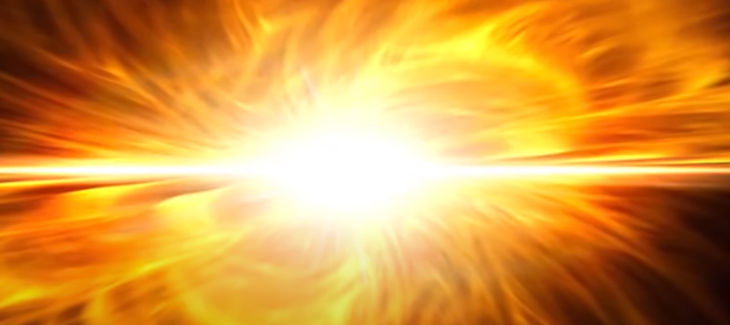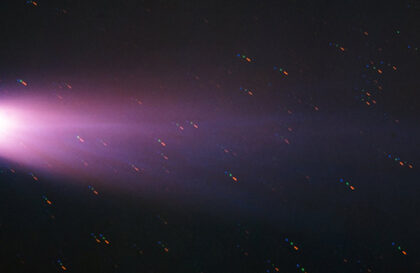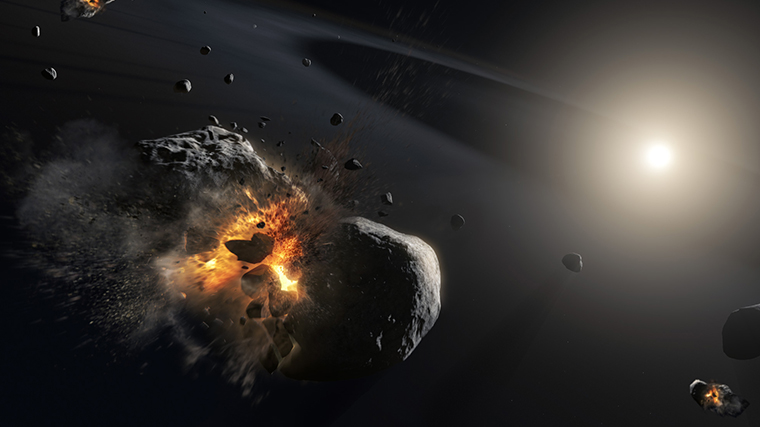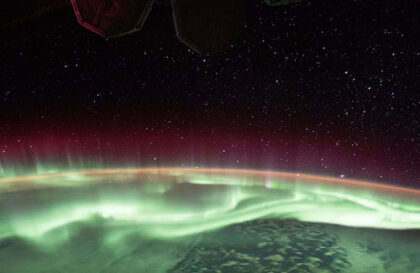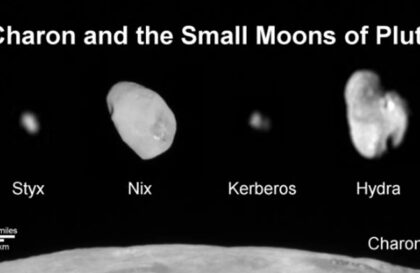study has shown that the Sun faces many changes that will occur much sooner, heralding the end of the solar system.
Scientists estimate that the life of the Sun in its current stage of evolution, known as the main sequence, will end in about 5 billion years. At its current stage, nuclear fusion of hydrogen inside the Sun allows it to radiate energy and create enough pressure so that the star does not collapse under the influence of its mass.
Paola Testa, an astrophysicist at the Smithsonian Astrophysical Observatory and Harvard Observatory, noted that our star is less than 5 billion years old. By the standards of the Universe, this is a middle-aged star. Its period of existence will last about 10 billion years.
After the Sun has burned most of the hydrogen in its core, it will move on to the next stage – becoming a red giant. Having lost the opportunity to produce energy, the core will begin to collapse and become much hotter. However, hydrogen will still be available outside of it, so that hydrogen combustion will continue in the shell surrounding the core.
The increasingly hot core will begin to push the star’s outer layers outward, causing them to expand and cool, turning the star into a red giant. The expanding gas will gradually absorb the planets neighboring the Sun – Mercury and Venus.
This gas will aggravate the solar winds so much that they will destroy the Earth’s magnetic field and atmosphere, destroying all life on the planet.
Phases of the death of the Sun. Briefly
Credit: Wikipedia (public source)/ Author: Oliverbeatson
According to the scientist’s forecast, in about 5 billion years, the Sun will burn out all its fuel and will no longer be able to resist its gravity. This will cause the star’s outer layers to fly apart and its core to shrink to an incredibly dense state.
About a billion years after its core runs out of hydrogen, the Sun will enter its red giant phase—expanding into the orbit of Mars, engulfing the inner planets, including Earth.
The red giant’s outer layers will cool and dissipate, forming a planetary nebula around its smoldering core.
The final stage of the star’s death will be its transformation into a white dwarf, the size of which will be approximately the same as the size of the Earth. Now, the diameter of the Sun is 109 times larger than our planet.
The sun will become a black hole
Stars capable of becoming black holes go through almost the same phases of death as the Sun. But such a transformation is influenced by several conditions, among which the most important is the correct mass.
It’s elementary: the Sun is not heavy enough to become a black hole. Stars with an initial mass of about 20 to 25 times the mass of our Sun have the potential to experience the gravitational collapse required to form black holes.
This threshold, known as the Tolman-Oppenheimer-Volkow limit, was first calculated by Robert Oppenheimer and his colleagues.
How a black hole is formed
The scientist described the process that precedes the formation of a black hole: when a star runs out of fuel in its core, nuclear fusion of hydrogen into helium still occurs in its outer layers, then the core collapses, the outer layers expand, and it enters the red giant phase.
Massive stars capable of creating black holes go through several such periods of collapse and expansion, losing more mass each time.
This happens because stars can fuse heavier elements at high pressures and temperatures. So, the process continues until the star’s core is made entirely of iron, the heaviest element a star can create.
The collapsed star then explodes into a supernova, throwing even more of its mass into space. Then, it turns into a black hole and feeds on nearby gas and dust.
The sun will never reach the stage of melting iron and will not undergo such a transformation.
Banner image: LifesBiggestQuestions
Image credit:
https://www.youtube.com
https://en.m.wikipedia.org
